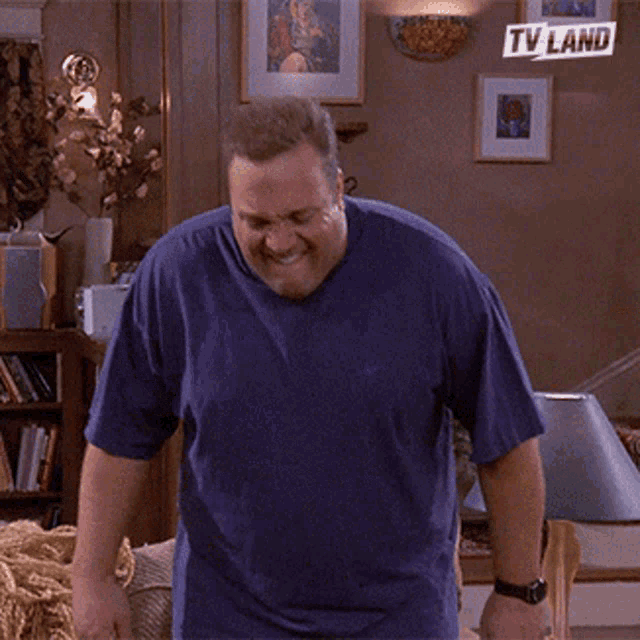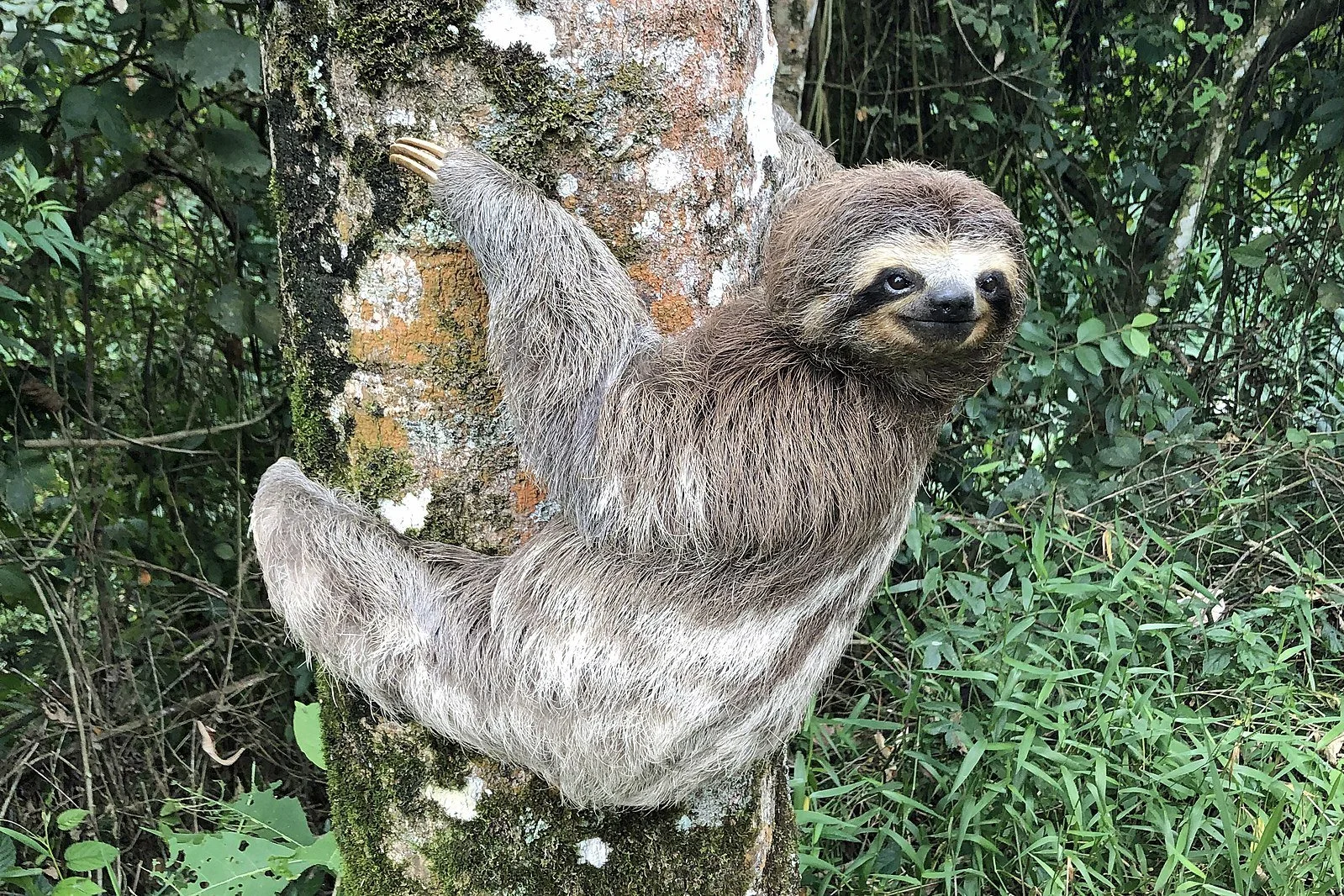Why do you feel sore the day after a workout?
The short answer
Delayed onset muscle soreness is caused by tiny tears in your muscle fibers when you work out. During the repair process, inflammation increases the sensitivity of surrounding nerve endings, which triggers a sensation of pain. It's possible this adaptation helps discourage movement, allowing your muscles to heal without further damage.
The long answer
If it's been a while since you worked out, you're probably going to be waddling for a few days after your squat-til-you-drop routine. This delayed pain after your workout is thanks to delayed onset muscle soreness (DOMS).
DOMS starts causing you pain about 12-24 hours after your workout, peaking at 1-3 days post-workout, and gradually going away after that. You're most likely to experience DOMS after you've performed eccentric exercises with muscles you haven't used in a while. Eccentric exercises are when you put a load on a muscle while lengthening it, like stretching out your arm after a bicep curl.
So that's the "what" of delayed onset muscle soreness, but let's dig into the "whys": why are your muscles sore and why are they sore much later?
Why do your muscles feel sore after working out?
When you work out, you create microscopic tears in your muscle fibers. The injured muscle cells release inflammatory cells called cytokines which activate your immune system to repair the microtears.
Muscle fibers that have been exercised (left) show damage with broken structures, while unexercised fibers (right) look neat and organized. This shows how exercise can cause tiny tears in muscles.
Source: Journal of Applied Physiology
Part of this repair process includes increasing the sensitivity of nerve endings in the surrounding muscles. It's theorized that this is an adaptation to encourage you to move less, so that the healing process can proceed without you causing more damage. This would explain why post-workout muscle soreness only hurts when you move but is painless when you're sedentary.
One common misconception is that lactic acid buildup causes DOMS. While lactic acid is produced during intense exercise due to temporary oxygen shortages in muscles, it’s cleared from your system within an hour after finishing your workout. The soreness you feel days later comes from muscle damage and the subsequent healing process — not lactic acid.
Why is there a delay in post-workout muscle soreness?
The reason why there is a delay in post-workout muscle soreness has to do with the delay in your body's repair process.
Illustration of muscle adaptation over time. Starting with an untrained muscle, exercise causes damage and activates satellite cells for repair. These cells fuse with the muscle, leading to growth and strengthening.
Source: Institute of Nutrition and Fitness Sciences
Once your body registers the muscle microtears, it triggers the inflammatory response to heal the area, but this process takes several hours to kick in. The pain you feel hours or days later is reflective the time needed for your body to mobilize immune cells, repair damaged tissues, and synthesize new proteins — all processes that aren’t instantaneous.
Additionally, this delayed pain may serve as a protective function, reminding you to take it easy while your muscles heal.
How can you reduce muscle soreness after working out?
It's perfectly normal and healthy to feel sore after you work out. But if you want to reduce the pain, it essentially comes down to increasing blood circulation (so your muscles can get oxygen and nutrients to aid in recovery) and providing other needed conditions for muscle recovery.
You can increase blood circulation by:
Moving a bit with light activities like walking or yoga.
Massaging or foam rolling.
Wearing compression garments after exercise.
You can help your muscles recover in other ways by:
Drinking water, which helps transport essential nutrients.
Eating protein, a critical nutrient for muscle repair.
Sleeping well, so that more growth hormones get released to assist with muscle rebuilding.
🧠 Bonus brain points
Do you need to feel sore to build muscle?
No, while DOMS does indicate your body is rebuilding muscles to grow back stronger, it's not necessary for you to feel sore to know you're building strength. There are two reasons why you can still grow muscles without post-workout pain.
First, you might be checking all the muscle recovery boxes outside your workout, like sleeping well, eating enough protein, and drinking water, so that your body is able to repair muscles more effectively. Also, there is research to suggest that as you grow muscles, the muscle damage subsides, while the muscle growth continues.
So micro-damage (and post-workout soreness) isn't necessarily required for you to build muscles. As long as you're consistently training and gradually increasing the load of your exercises, you're likely to see gains.
Curious about how the world works?
Today You Should Know is a free, weekly email newsletter designed to help you learn something new every Friday.
Subscribe today 👇
Check out some other curious questions:
Sources
Abraham, W. M. (1977). Factors in delayed muscle soreness. Medicine Science in Sports Exercise, 9(1). https://doi.org/10.1249/00005768-197721000-00002
Armstrong, R. B. (1984). Mechanisms of exercise-induced delayed onset muscular soreness. Medicine Science in Sports Exercise, 16(6). https://doi.org/10.1249/00005768-198412000-00002
Charland, S. (2020, February 21). Why do muscles get sore after working out?. Parkview. https://www.parkview.com/blog/why-do-muscles-get-sore-after-working-out
Cheung, K., Hume, P. A., & Maxwell, L. (2003). Delayed onset muscle soreness. Sports Medicine, 33(2), 145–164. https://doi.org/10.2165/00007256-200333020-00005
Cleak, M. J., & Eston, R. G. (1992). Delayed onset muscle soreness: Mechanisms and management. Journal of Sports Sciences, 10(4), 325–341. https://doi.org/10.1080/02640419208729932
Kim, J., Kim, J., & Lee, J. (2017). Effect of compression garments on delayed-onset muscle soreness and blood inflammatory markers after eccentric exercise: A randomized controlled trial. Journal of Exercise Rehabilitation, 13(5), 541–545. https://doi.org/10.12965/jer.1735088.554
McCallum, Kate. (2021, September 8). Muscle Soreness After a Workout: Can It Be Prevented?. Houston Methodist. https://www.houstonmethodist.org/blog/articles/2021/sep/muscle-soreness-after-a-workout-can-it-be-prevented/
Olson, G. (2023, November 14). What Is Delayed Onset Muscle Soreness (DOMS) and What Can You Do About It?. Healthline. https://www.healthline.com/health/doms
Siegel, J. (2015, November 3). What makes muscles grow? - Jeffrey Siegel. YouTube. https://www.youtube.com/watch?v=2tM1LFFxeKg&ab_channel=TED-Ed
Traynor, S. (2024, January 11). “No pain, no gain” debunked: Why post-exercise soreness is not essential for building muscle. ABC News. https://www.abc.net.au/news/health/2024-01-12/sore-muscles-better-workout-myth-pain-gain-exercise/103191216
Ungless, J. (2024, March 6). Sleep for muscle recovery: Why it matters and tips to sleep better. BetterUp. https://www.betterup.com/blog/sleep-for-muscle-recovery







It’s like an American accent but with calendars.